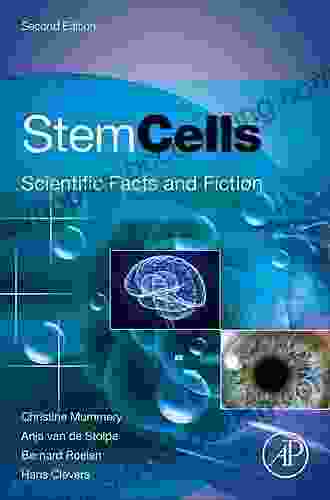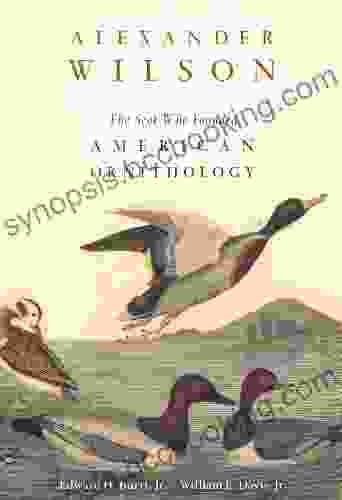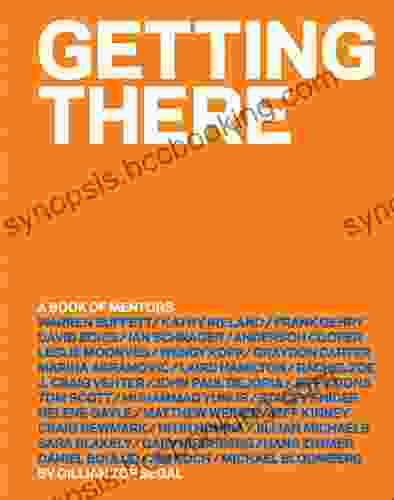Stem Cells: Scientific Facts and Fiction

Unlocking the Potential of Regenerative Medicine
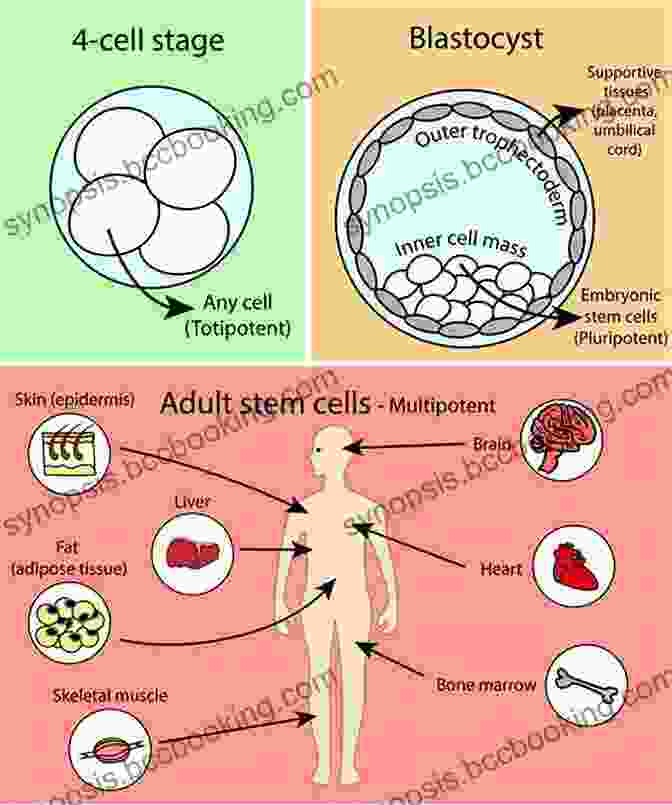
Stem cells, with their remarkable capacity to transform into a myriad of specialized cells, have sparked immense enthusiasm in the field of regenerative medicine. These versatile cells hold the potential to revolutionize healthcare by providing innovative treatments for an array of ailments, ranging from heart disease to neurodegenerative disFree Downloads.
5 out of 5
| Language | : | English |
| File size | : | 29142 KB |
| Text-to-Speech | : | Enabled |
| Screen Reader | : | Supported |
| Enhanced typesetting | : | Enabled |
| Word Wise | : | Enabled |
| Print length | : | 404 pages |
Science Behind Stem Cells
Stem cells are characterized by two defining traits: self-renewal and differentiation. Self-renewal enables them to divide and generate identical copies of themselves, ensuring a continual supply of stem cells. Differentiation, on the other hand, allows them to transform into diverse cell types, such as neurons, muscle cells, and blood cells.
The scientific community has classified stem cells into two primary types: embryonic stem cells and adult stem cells. Embryonic stem cells are derived from the inner cell mass of a developing embryo, while adult stem cells reside within specific tissues and organs of the body. Each type has its unique advantages and limitations in research and therapeutic applications.
Hype and Misconceptions
Alongside the scientific advancements in stem cell research, there has been a proliferation of hype and misconceptions surrounding these cells. Some exaggerated claims attribute stem cells with the ability to cure all diseases or reverse aging. Such claims are not supported by scientific evidence and can mislead the public about the realistic potential of stem cell therapies.
It is important to note that stem cell research is still in its nascent stages. While significant progress has been made, many challenges remain, including safety concerns, ethical considerations, and the need for further research to fully harness the therapeutic potential of stem cells.
Ethical Considerations
The use of embryonic stem cells raises ethical concerns due to their derivation from human embryos. Some individuals believe that the destruction of an embryo for research purposes is morally wrong, while others argue that the potential benefits outweigh the ethical concerns.
To address these concerns, scientists have developed induced pluripotent stem cells (iPSCs). iPSCs are generated by reprogramming adult cells into a stem cell-like state. This technology provides an alternative source of stem cells without raising ethical concerns associated with embryonic stem cells.
Future of Stem Cell Therapies
Despite the challenges, the future of stem cell therapy holds immense promise. Ongoing research is focused on developing safe and effective stem cell-based treatments for a wide range of conditions. Here are a few examples:
- Neurodegenerative diseases: Stem cell therapies may offer hope for treating conditions such as Alzheimer's disease and Parkinson's disease by replacing damaged neurons.
- Cardiovascular disease: Stem cells could be used to repair damaged heart tissue and improve heart function after a heart attack.
- Orthopedic injuries: Stem cells may aid in regenerating damaged cartilage and bone tissue, providing potential treatments for conditions like osteoarthritis and spinal cord injuries.
- Immunotherapy: Stem cells can be engineered to recognize and target cancer cells, offering novel approaches to cancer treatment.
Stem cells represent a transformative frontier in healthcare, with the potential to revolutionize the treatment of a wide range of diseases and injuries. While the science of stem cells continues to evolve, it is crucial to separate scientific facts from fiction and approach stem cell therapies with realistic expectations.
Through ongoing research and ethical considerations, the future of stem cell therapy promises to deliver innovative and life-saving treatments, offering hope for millions worldwide.
5 out of 5
| Language | : | English |
| File size | : | 29142 KB |
| Text-to-Speech | : | Enabled |
| Screen Reader | : | Supported |
| Enhanced typesetting | : | Enabled |
| Word Wise | : | Enabled |
| Print length | : | 404 pages |
Do you want to contribute by writing guest posts on this blog?
Please contact us and send us a resume of previous articles that you have written.
 Book
Book Novel
Novel Page
Page Chapter
Chapter Text
Text Story
Story Genre
Genre Reader
Reader Library
Library Paperback
Paperback E-book
E-book Magazine
Magazine Newspaper
Newspaper Paragraph
Paragraph Sentence
Sentence Bookmark
Bookmark Shelf
Shelf Glossary
Glossary Bibliography
Bibliography Foreword
Foreword Preface
Preface Synopsis
Synopsis Annotation
Annotation Footnote
Footnote Manuscript
Manuscript Scroll
Scroll Codex
Codex Tome
Tome Bestseller
Bestseller Classics
Classics Library card
Library card Narrative
Narrative Biography
Biography Autobiography
Autobiography Memoir
Memoir Reference
Reference Encyclopedia
Encyclopedia Gerald S Strober
Gerald S Strober Gerry Conway
Gerry Conway George E P Box
George E P Box Mark Hillary
Mark Hillary Gayle Jervis
Gayle Jervis Gerhard Haase Hindenberg
Gerhard Haase Hindenberg Giff Constable
Giff Constable Gary Mack
Gary Mack Emma Bland Smith
Emma Bland Smith Geza Vermes
Geza Vermes Geoff Affleck
Geoff Affleck George A Akerlof
George A Akerlof Emma Dabiri
Emma Dabiri Elissa Bemporad
Elissa Bemporad Gary White
Gary White George Plimpton
George Plimpton Gary Kamiya
Gary Kamiya Gary Heath
Gary Heath Sylvia Harris
Sylvia Harris J D Gauchat
J D Gauchat
Light bulbAdvertise smarter! Our strategic ad space ensures maximum exposure. Reserve your spot today!
 Charlie ScottFollow ·4.9k
Charlie ScottFollow ·4.9k Osamu DazaiFollow ·10.7k
Osamu DazaiFollow ·10.7k Brayden ReedFollow ·9.8k
Brayden ReedFollow ·9.8k Octavio PazFollow ·3.7k
Octavio PazFollow ·3.7k Sam CarterFollow ·2.5k
Sam CarterFollow ·2.5k Tennessee WilliamsFollow ·3.6k
Tennessee WilliamsFollow ·3.6k Desmond FosterFollow ·19.6k
Desmond FosterFollow ·19.6k Dashawn HayesFollow ·2.2k
Dashawn HayesFollow ·2.2k
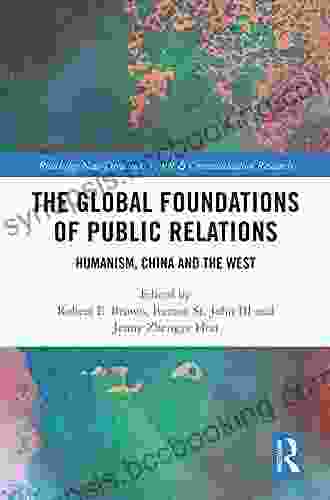
 Robert Heinlein
Robert HeinleinUnveiling Humanism in China and the West: A Journey...
In our rapidly...

 Brian Bell
Brian BellBlind Boy's Unwavering Struggle Against Abuse and the...
In the tapestry of...

 Craig Carter
Craig CarterBuilding Wealth While Working for Uncle Sam: The Ultimate...
## ### Are you a federal employee who wants...
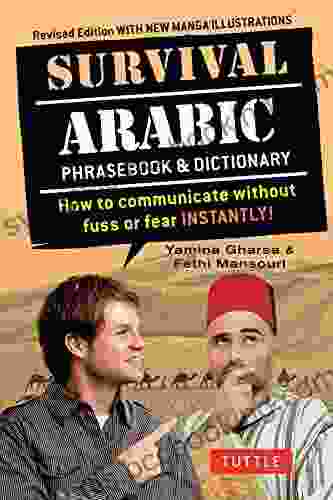
 Raymond Parker
Raymond ParkerUnveiling the Secrets of Arabic Survival: The Ultimate...
Embarking on a journey to unravel the...
5 out of 5
| Language | : | English |
| File size | : | 29142 KB |
| Text-to-Speech | : | Enabled |
| Screen Reader | : | Supported |
| Enhanced typesetting | : | Enabled |
| Word Wise | : | Enabled |
| Print length | : | 404 pages |


